First impressions matter and nothing shows that more clearly than a 2021 study conducted by Top Design Firms (and quoted by HubSpot). The study states that 50% of website users believe web design is critical for your overall brand.
With such little margin of error, you can’t afford to have a mundane portfolio website. The success of your design business depends on it.
Most of your website visitors will be other designers, prospective clients, and employers. To capture their attention and keep them engaged, you must build your design portfolio website the right way. But how do you go about that?
Read on to find out:
- Why You Need a Design Portfolio
- How To Create a Design Portfolio
- What Are Hiring Managers Looking for in Design Portfolios?
- Examples of Design Portfolios
- Final Thoughts: A Quick Guide on How To Create a Design Portfolio
Why You Need a Design Portfolio
If you’re a designer of any kind, here are some reasons you need a portfolio:
- Your portfolio acts as a professional resume. Most recruiters will find you fit for a full-time job by first looking at your portfolio.
- You can show your design skills and unique expertise as a designer with your portfolio.
- A portfolio helps you keep your work relevant and up-to-date with market standards.
- You can use your portfolio to get freelance projects. Besides adding to your experience, side projects will make you an extra income on the side.
How To Create a Design Portfolio
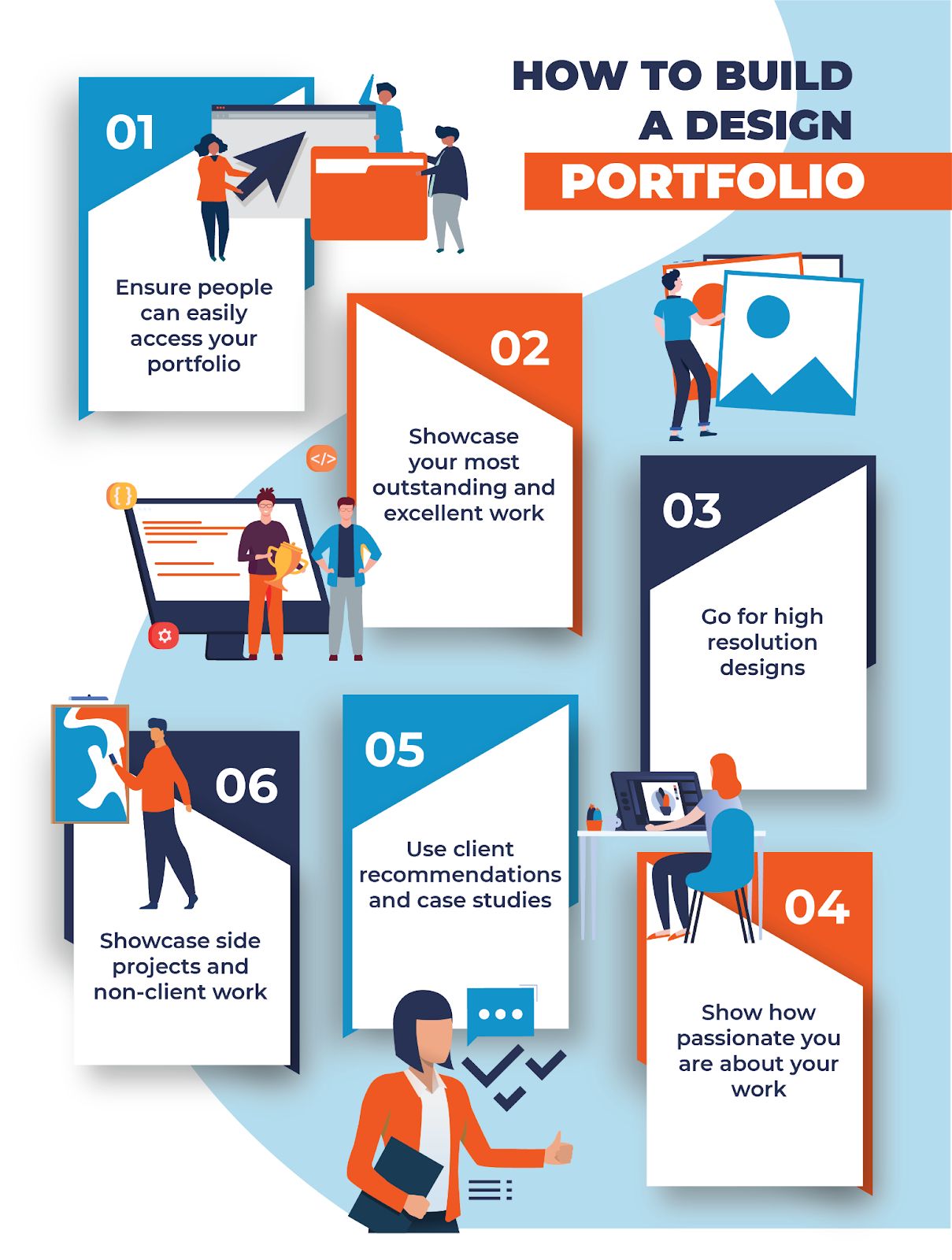
1. Ensure people can easily access your portfolio.
2. Showcase your most outstanding and excellent work.
3. Go for high-resolution designs.
4. Show how passionate you are about your work.
5. Use client recommendations and case studies.
6. Showcase side projects and non-client work.
These six tips will improve the overall quality of your design portfolio. Let’s have a closer look at them.
1. Ensure People Can Easily Access Your Portfolio.
You can get as creative as you want with your portfolio website. In fact, you can show a bit of personality and expertise by building an innovative portfolio. You can also experiment with creative layouts on your website's UX design experience.
However, you must always remember your online portfolio isn’t just for you. Many people will explore your work. That includes other designers, family, friends, potential employers, and partners.
Always choose intuitive UI designs and user-friendly website templates. That way, users can scroll through your portfolio website with little effort.
You should also keep in mind that 42% of users leave a website with poor functionality. So, make your website responsive.
Think about it. If the creative director of your dream web design firm opens your portfolio website on their smartphone, they can quickly scroll through your designs.
That’s not all. You can also take advantage of other digital platforms to enhance your portfolio. For example, a well-curated Dribbble or Behance profile is just as powerful as your portfolio. So are your social media pages. Try whatever works. You can have them all at once.
Easily create a design portfolio on WordPress
And power your site with managed hosting from Nexcess
2. Showcase Your Most Outstanding Work.
Your portfolio allows you to showcase your finest work to the world in a unique way. Unless you’re Michelangelo, take some time to select your best work out of everything you’ve ever created.
Only display work you’re proud of from past projects. That helps you communicate professionalism. It also justifies new projects from employers — and incredible rewards for it.
Here, you can also curate your work based on your career prospects. Do you like building UI/UX for mobile apps? Then fill your portfolio with mobile app mockups. It doesn’t hurt to be a generalist either.
A diverse portfolio can help you show off a versatile skillset. It also displays your ability to fit into dynamic design teams.
3. Go for High-Resolution Designs.
If you’re looking to build an eye-catching portfolio, use high-quality images of your designs. High-quality visuals tie into the user experience of your portfolio website homepage.
Many people will look at them from different devices. And while an image may appear sharp on your smartphone, it may appear blurred on a large computer monitor.
If you’re a multimedia artist, always render your videos in the best quality available. Close-up images of your product designs make them appear lively. Moreover, you can always compress media files to make your website more responsive.
4. Show How Passionate You Are About Your Work.
Does design work excite you? Do you love to create beautiful redesigns or flashy fonts and typography? Then talk about it.
Potential clients and employers love designers who enjoy their work. Being a creative professional gives you room to express yourself and advertise your personal brand.
Use your passion to display your authenticity across all your design projects. It doesn’t just show confidence in your own abilities, but it also helps people connect with your work.
5. Use Client Recommendations and Case Studies.
Have you worked with other clients in the past? What did they think about your work? Client reviews can be a potent addition to your portfolio page. It’s an excellent way to show experience and expertise.
Testimonials also give your potential employers confidence about your work ethic and results.
The same goes for case studies. Use two or three previous visual design projects to discuss your design process with your potential clients. Talk about your successes and failures and how you solved critical design problems. After all, aren’t all employers looking for solutions?
Case studies also allow you to prove your ability to develop innovative solutions.
6. Showcase Side Projects and Non-Client Work.
If you’re new in the design industry, that’s okay. Any side projects, non-profit work, and collaborations can work as content for your portfolio.
Non-client work works the same way client jobs do — it gives your customers a sense of your skills and style. If you’re fresh out of design school, use the best designs you created while there. If you helped with logo design for your friend’s online store, that counts too.
Try, where possible, to only showcase real-world designs. Side projects can give you real experience working with people. Besides that, you can turn them into case studies.
What Are Hiring Managers Looking for in Design Portfolios?

Here are some key things Creative Managers look for in successful graphic design portfolios:
- Self-Awareness and a Growth Mindset: Are you aware of your strengths and weaknesses? Are you working to improve your profession and yourself as a person?
- Excellent Problem-Solving Skills: Can you identify problems and create a coherent plan to solve them? Recruiters find that skill valuable.
- Collaboration: How well do you work with others in teams? In many cases, you’ll have to work with other people to achieve company goals.
- Experience: Many recruiters prefer candidates with experience. However, you can still build it by taking internships, joining communities, and freelancing.
Examples of Design Portfolios
Obey Giant
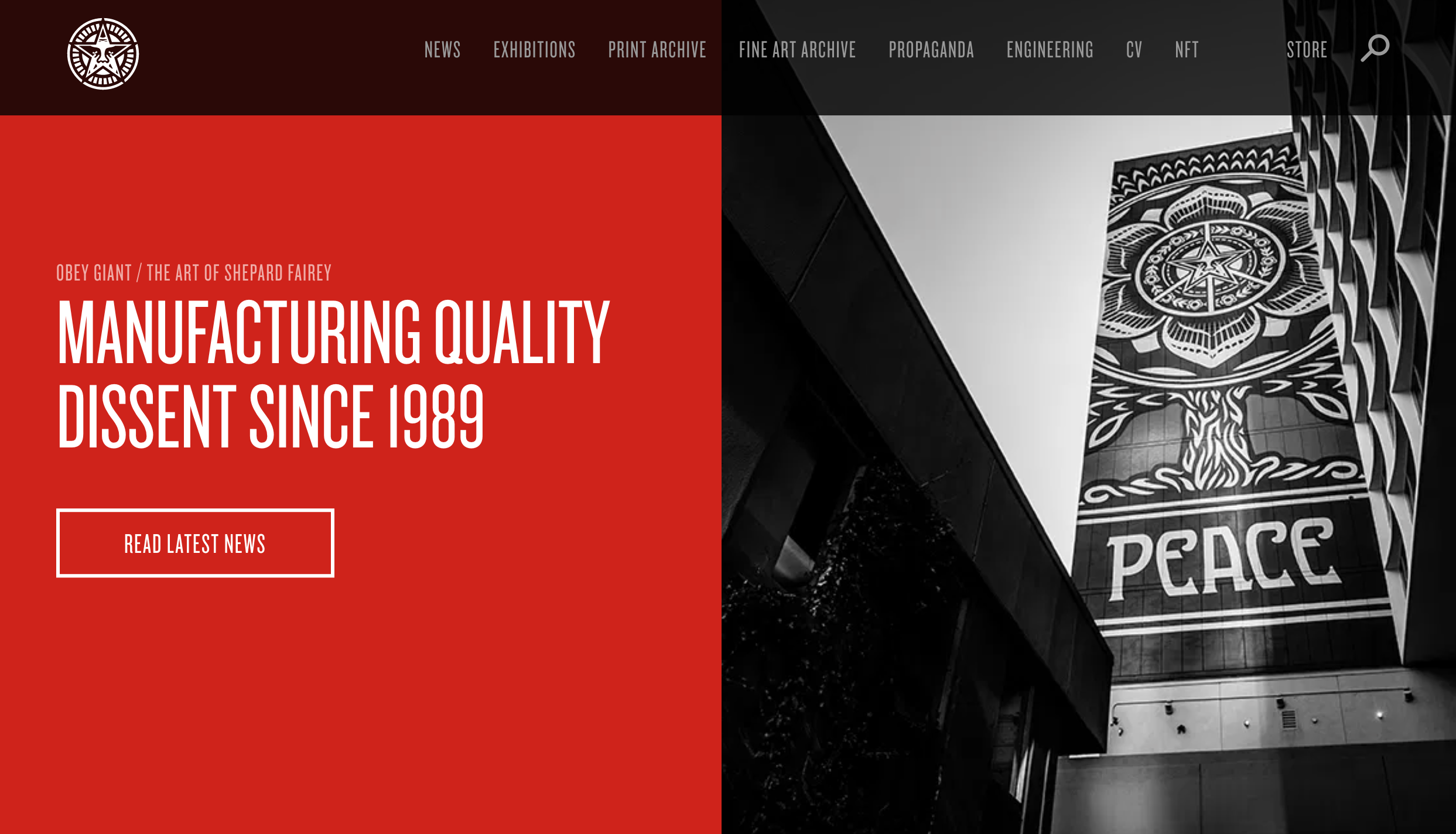
Even if you aren't into art, you've definitely seen Shephard Fairey's work. He designed the Obama "Hope" poster and his client list includes Pepsi, Mozilla, The Black Eyed Peas, Smashing Pumpkins, and the movie Walk The Line. Though Obey Giant contains his entire library, it is easily navigated. Fairey's images are high res, preserving the quality of his art. The UX is uncomplicated making it easy to appreciate his work. If you're a prolific artist with a huge library of work, this is a great basis for cataloging your art.
Bryan Tillman
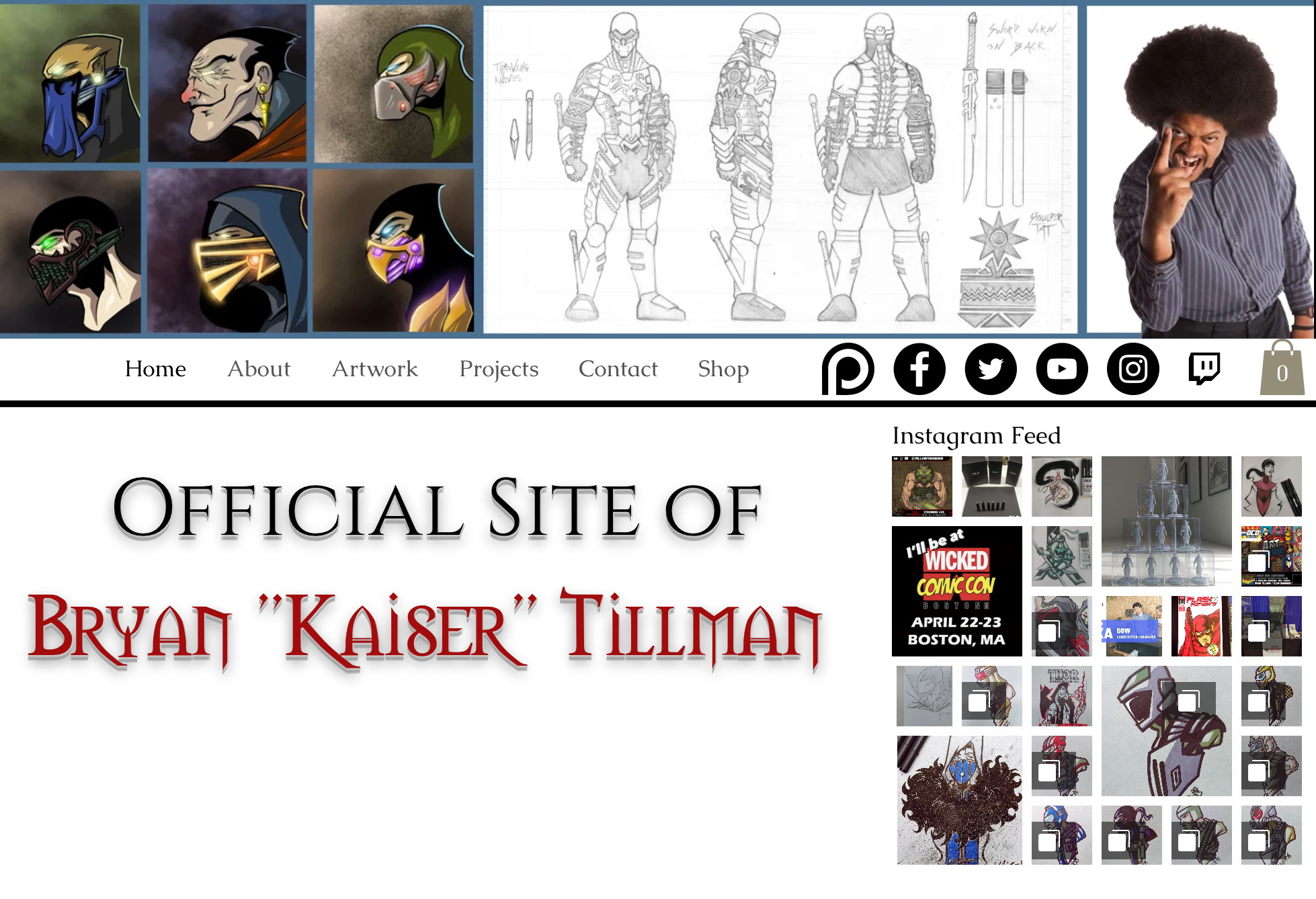
Bryan "Kaiser" Tillman isn't just a great artist, he's also an associate professor, tabletop game developer, and author. His design portfolio, Follow The Kaiser, showcases his recent work on character design. In lieu of a resume or testimonials, Tillman's biography details his long history working with high profile clients like Marvel Comics, DC Comics, Upper Deck, and more. He provides links to all his social channels as well as streaming sites – showing his passion for the craft and engaging with the art community.
Colleen Doran
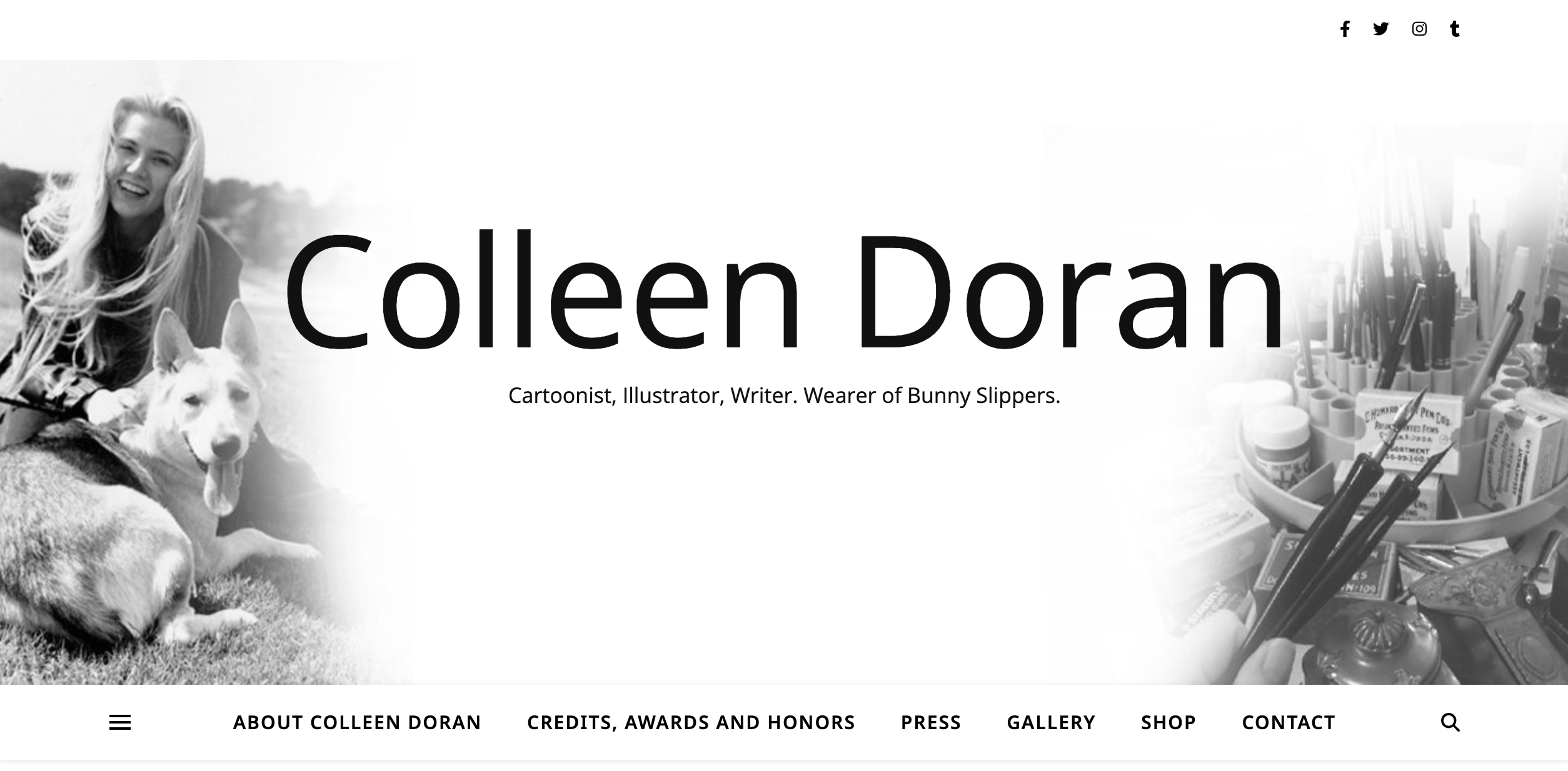
New York Times bestselling cartoonist Colleen Doran has a storied career. She's illustrated for everyone from The Walt Disney Company to Stan Lee and Neil Gaiman. Her gallery is reflective of her tremendous talent, and allows you to click through some of her most extraordinary work. She includes a list of credits and achievements as well as a press page. Doran's website is a shining example of what hiring managers are looking for. She keeps it simple and elegant while packing in all facets that make a great design portfolio.
Steve Conley
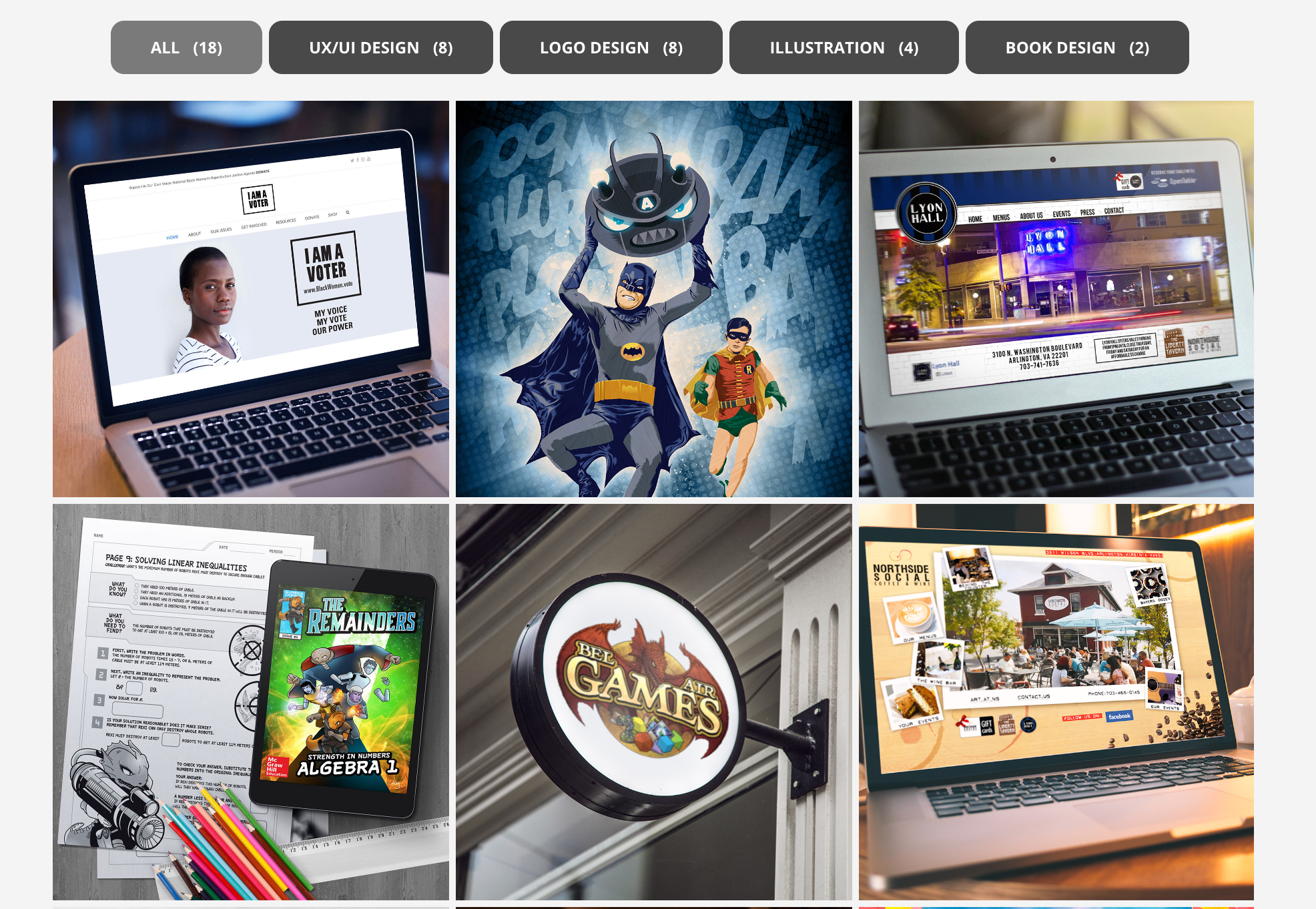
Award-winning cartoonist, graphic designer, and UX/UI designer Steve Conley has worked for many high profile clients like Comicon, DC Comics, and The Washington Post. His portfolio demonstrates why. Conley's portfolio is easy to peruse – the scrolling, interactive elements link to descriptions of each project he features. You can also sort his work by category, a feature other designers listed here did not utilize. It is beneficial for artists to use high resolution images, and Conley doesn't skimp on it.
Penelope R. Gaylord
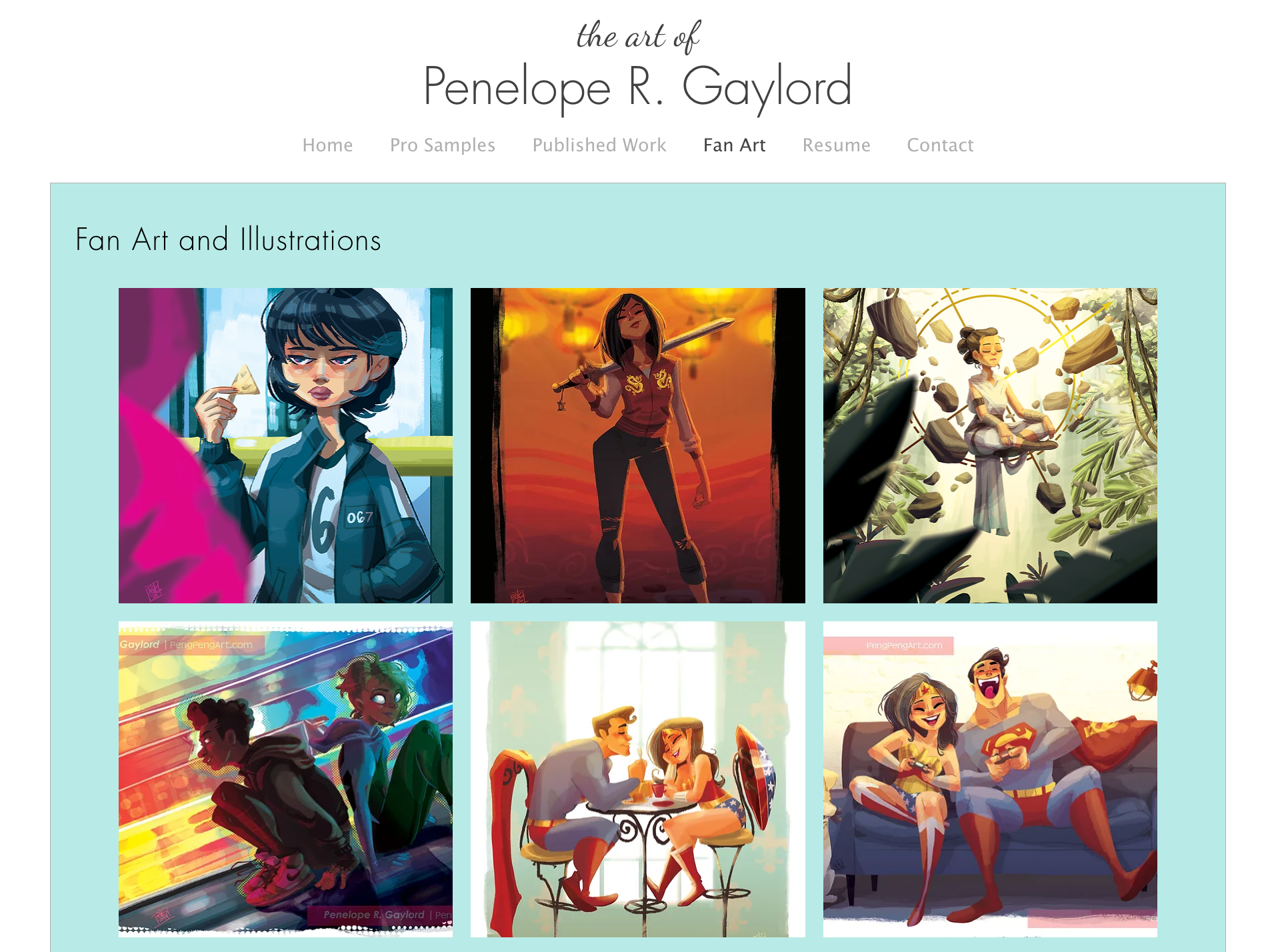
Freelance character designer and illustrator Penelope "Peng-Peng" Gaylord is another great example of an artist with a perfect design portfolio. PengPengArt has a clearly defined portfolio. She separates her work between published and fan art, and even a password-protected area for Pro Samples. The illustrations are high quality, retaining the quality the artist intends you to see them in. Peng-Peng's resume and contact are right up top, making it easy to get in touch.
Final Thoughts: A Quick Guide on How To Create a Design Portfolio
If you want to enjoy success as a creative designer, ensure you add all these features to your new portfolio website.
Giving recruiters and clients a seamless portfolio experience will improve your reputation and increase your income.
Don't want to design it yourself? No problem. Our custom WordPress site design service will create a portfolio recruiters won't soon forget.
Fully managed WordPress from Nexcess makes it easy to create your own design portfolio.
Your new WordPress site is ready to customize in minutes with a managed plan — and there are tons of portfolio themes on WordPress to utilize.
Sign up today and make your portfolio website.

